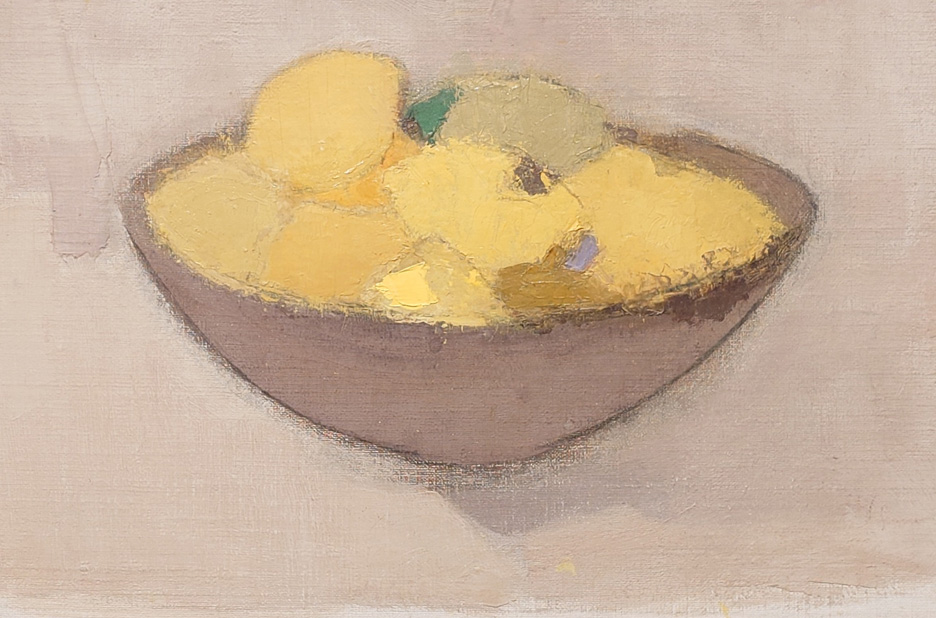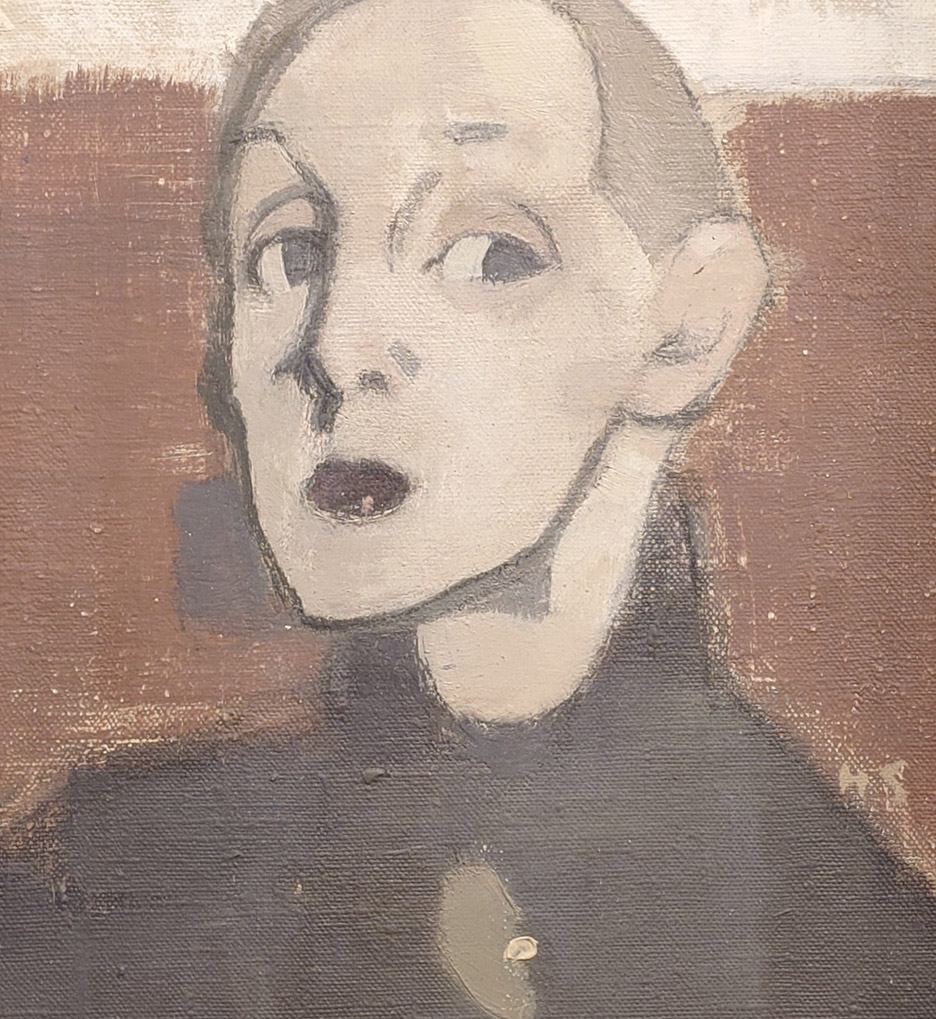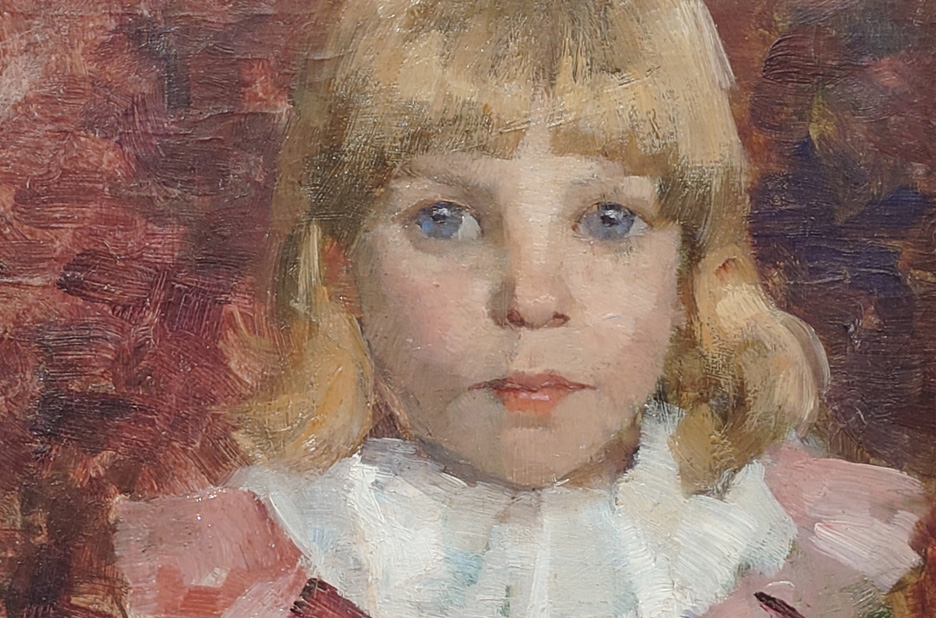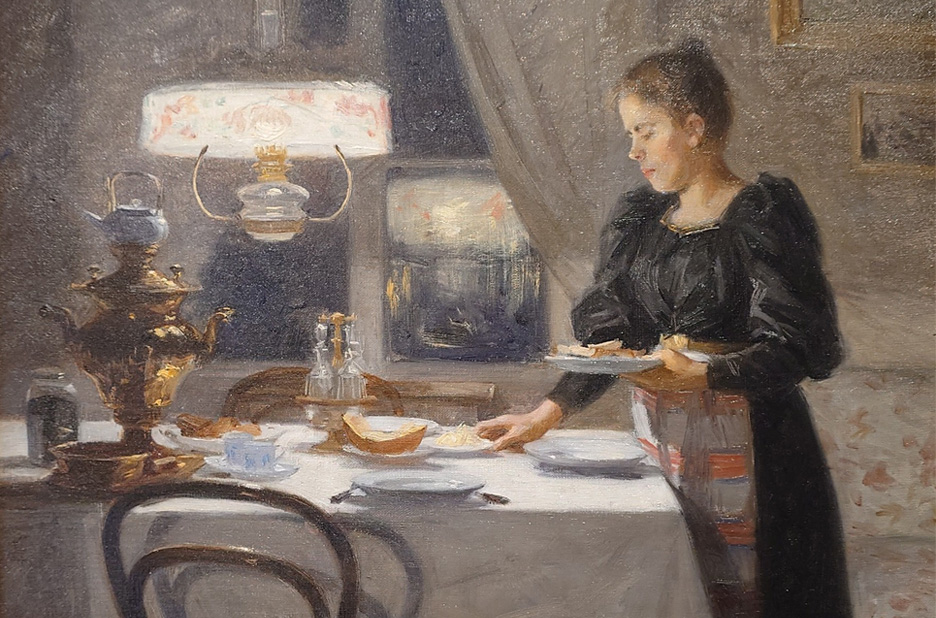Art
Permanent collection
The Reitz Collection, Helsinki
4/5
Treasure trove of Finnish art
In an unassuming residential building just north of the centre of Helsinki in the Töölö neighbourhood, an amazing art collection can be found in a top floor flat. As a fan of Helene Schjerfbeck I did not want to miss the opportunity to see some of her masterpieces. But there was much more.


The collector Lauri Reitz was one of the most influential property developers in the 1930s and 1940s known for progressive high-quality work and responsible for many residential buildings in Helsinki. The building where the family lived and where today the collection is based was also constructed by his company in 1938. It was the wish of the collector’s widow Maria Reitz that the work is accessible free of charge, particularly commendable for such a large and valuable collection. It contains weaponry, porcelain and silverware too, but it is the paintings that are the most interesting.
As you walk in, you are greeted by a Schjerfbeck wall. Her work takes pride of place with about ten canvases from different periods. Two late masterpieces are particularly notable. A small late Self-portrait in black dress from 1934 in beautifully balanced flat dark earthy tones and with brown lips looks at the viewer quizzically. The yellow from a minimal bowl of lemons from 1944 radiates serene and matter-of-fact self-containment. This perhaps is the key piece of the collection.

Just a step sway from these two perfect canvases are The Californian, 1934, an idiosyncratic and a sensuously mysterious portrait of an extrovert reality aware of its attraction, and a disarmingly simple presence of Camellias from 1934 with a balancing brown circular mark – characteristic of Schjerfbeck – on the widest part of the vase.
Schjerfbeck is truly unique in the way in which she transforms reality through the power of her eye and brush. The progressive purification of her style over the years is exhilarating to observe in its humble metaphysical precision and coloristic expansiveness.

It was interesting to see excellent work by her two contemporaries Maria Wiik and Elin Danielson-Gambogi, rarely if ever available outside Finland. Wiik’s work has remained similar to Schjerfbeck’s early romantic style, but with a strong and arresting characterisation of subjects. A small Portrait of a man from 1914 catches the eye, a profile of a middle-aged thin rustic figure outdoors with a partly hidden rictus of discontent. Danielson-Gambogi’s New home from 1893 overcomes the bourgeois dining room setting with a sense of pride and excitement, and terrific lighting. That women painters were able to flourish and be recognised so early in Finland is a testament to the country’s egalitarian and emancipative ways.

Several small works by the symbolist painter Hugo Simberg intrigue with their opaque dream-like narratives. Ferdinand von Wright gets the opportunity to impress with an entire wall dedicated to his romantic paintings of birds and landscapes. The smallest one slightly out of view above a door, Sleeping grey partridge from 1891, is moving in its simple and tender rendition of a colourful feathered personality. An equally compact landscape Winter in Kuopio masterfully brings to life northern winter light on a peaceful snowy scene.
Last but not least, Akseli Gallen-Kallela is represented with several works. Two small elongated portrait formats, a still life and a landscape complement each other well: The blue Pine in Kalela and the yellow Still life. It strikes me that blue and yellow summarise perfectly the outdoor and indoor light in the Nordic regions.